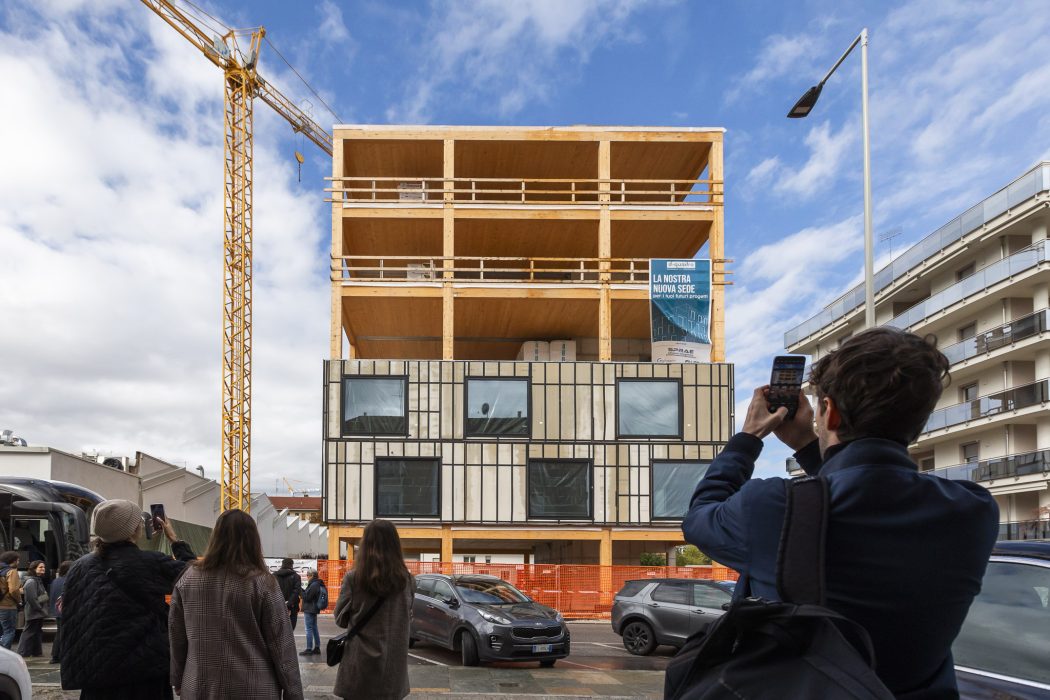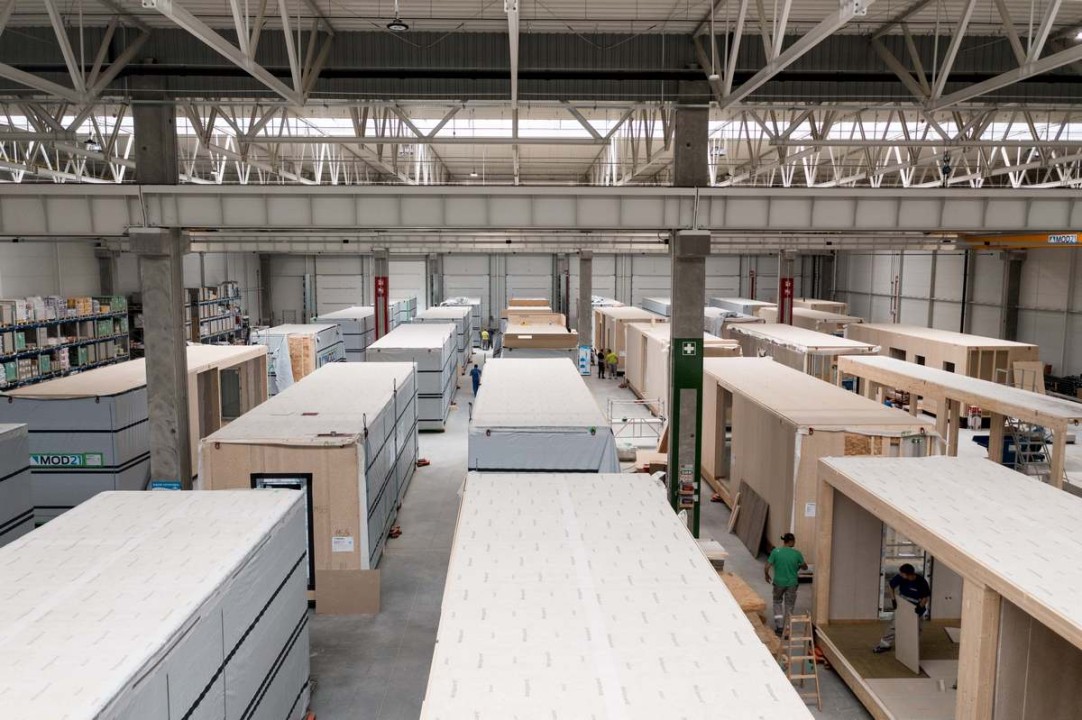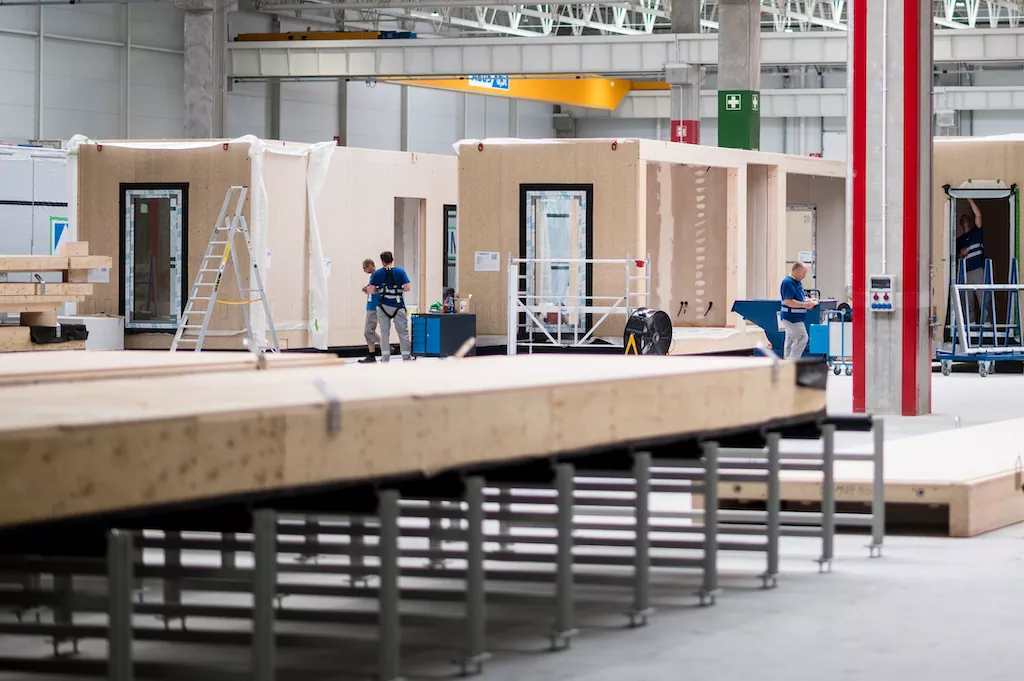Off-Site Construction

SO ..
WHAT
IS "OFF-SITE "?
Buildings are errected normally on-site. Meaning that in the standard and traditional sense - after doing groundworks like excavation for the basement and foundations, materials are delievered to the construction site and then a contractor with it's big team builds a house, office or housing.
Most of the work takes time and is performed over a long span of time on the location. But what if most of the bulding could be not built but assembled? Off-site technologies allow to have the materials connected in outter storage halls. Some 80-95% of the very building consistting of entire living units can be transported to assemble it later on-site. This speeds up the entire process allowing the construction period to be cut in half. Other technologies based on panelling have a smaller factor of assemly off-site but they also guarantee good timely results.
AND HOW DOES THAT HELP ?
In many countries, there is a significant shortage of both social and standard housing units. This is caused by a variety of factors that vary depending on the location, such as high mortgage interest rates, a lack of available buildable land, or the absence of government programs that support such developments. In some countries, the strong cultural preference for ownership over fair rental opportunities also contributes to the issue.
However, what all these challenges have in common is one crucial element: time.
Time is required for land acquisition, the building process, and the marketing phase needed to showcase and sell the properties. If, as the saying goes, “time is money,” and if social housing developments are not only a basic right but also an investment opportunity—then why not accelerate the process by introducing another factor into the equation?
New technologies involving BIM and AI can streamline the preparation, design, and marketing phases, while prefabrication can take care of the rest. Off-site construction may combine these innovations or focus solely on the assembly stage. Either way—if planned properly and supported by governments or European institutions—it can be a powerful solution to the housing crisis.
"NICE THEORY!" ONLY IT'S NOT.
IT'S ALREADY AVAILABLE.
Factories that produce prefabricated building elements—ranging from individual walls to complete living units ready for transport to construction sites—already exist in many parts of Europe. However, due to local conditions, these factories often focus on exporting their products to regions that either lack the flat land necessary to host large-scale production facilities or face higher local production costs.
In many cases, the local market remains underutilized not because of technical limitations, but because of barriers such as misconceptions about prefabrication, associations with cheap labor, or fear of unfamiliar solutions—especially when conventional approaches continue to perform well in overheated markets.
Shifting production from external to internal markets, however, is not only possible but could be a game changer. This transformation would reduce CO₂ emissions from transportation, making the process more sustainable, and also bring financial benefits. After all, building faster means selling faster.





